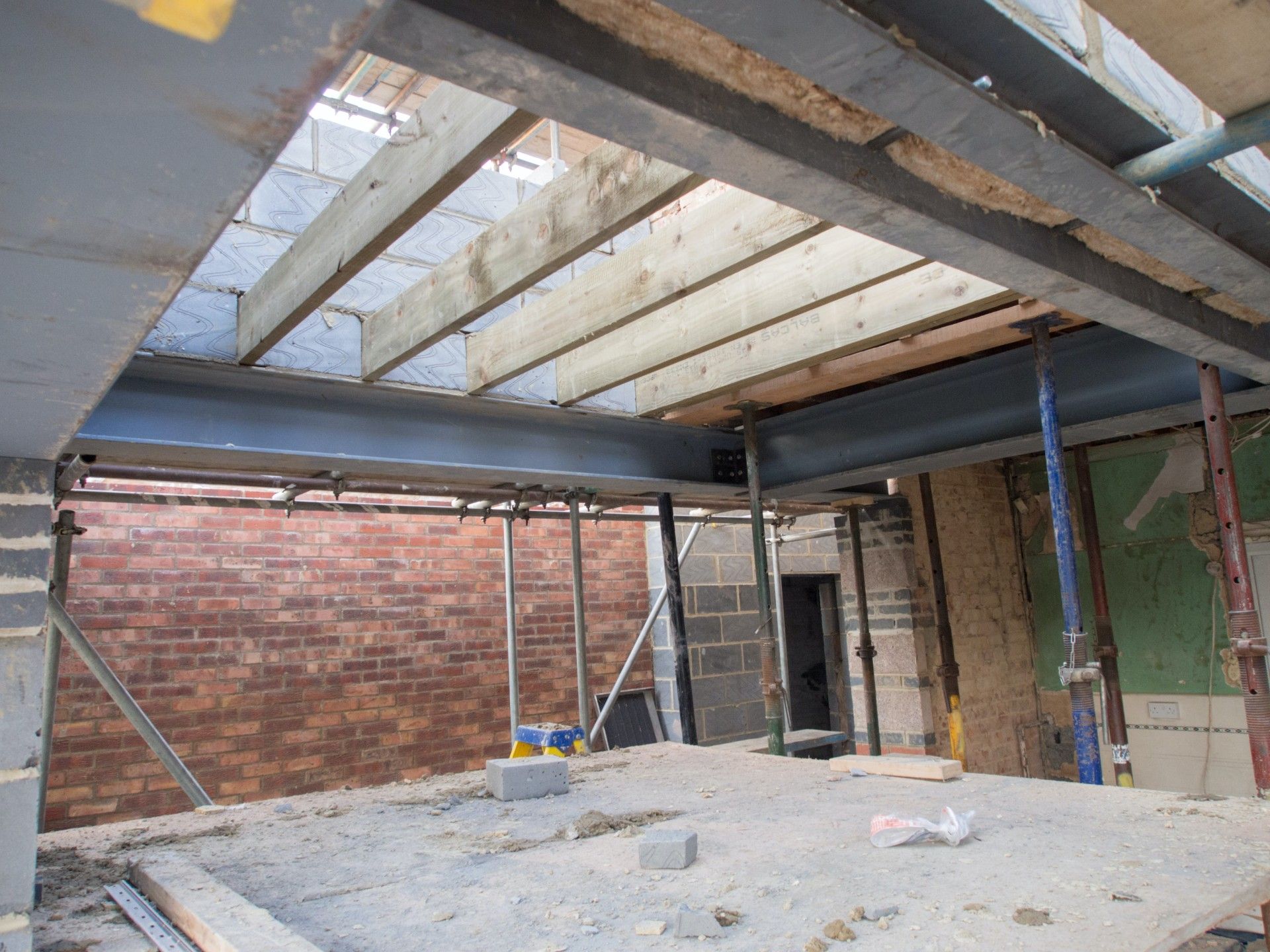
Permitted Development Rights: What’s Allowed? (And What’s Not?)
As a homeowner, knowing what you can (and can’t) do without planning permissions can be altogether mystifying. Most are aware of the existence of permitted developments – those works which can be carried out without planning permissions – but as for what constitutes a permitted development? Well, that’s another story. Here at Munday + Cramer, we offer a variety of surveying services – including homebuyer’s survey – we thought it’d be helpful to run through both what’s allowed… and what’s not.
What Is A Permitted Development?
Permitted developments are exactly what they say on the tin; works permitted without needing any additional planning permissions. These are granted under a general, overarching sort of planning permission granted not by local authorities but by Parliament. Householder permitted development rights are lain out in the Town and Country Planning Order 2015 (often simply known as the Order) which outlines the sorts of enlargements, alterations or other structural works that may take place without applying for planning permission. What, though, will generally be allowed under permitted development rights?
Permitted Developments
The following are all examples of works which might be carried out under permitted development rights:
Single-Storey Extensions
Single-storey extensions can be built at both the back and the side of a house; there are strict restrictions on both height and garden amenity coverable. The maximum height for these extensions, as stipulated within the Local Development Framework, is 4 metres and no more than 50% of your garden space (and this includes existing outbuildings, sheds or extensions). This also goes most of the way towards answering whether or not you need planning permission or not for a conservatory. If it falls within the remit of being a single-storey extension, then this will not require any planning permissions.
Outbuildings
Outbuildings are classed as permitted developments, provided that certain requirements are met, including eave height, decking height and the same 50% amenity rule as with single-storey extensions. They’re defined within the planning framework as “any building or enclosure, swimming or other pool required for a purpose incidental to the enjoyment of the dwellinghouse as such, or the maintenance, improvement or other alteration of such a building or enclosure”. This includes, then, the following:
- Sheds
- Greenhouses
- Cabins
- Garages
- Swimming pools
- Saunas
Domestic gas and oil containers also fall under this outbuildings category, though you wouldn’t necessarily call them such. They’re subject to the same requirements as the other outbuildings, and can’t exceed a capacity of 3,500 litres.
Loft Conversions
Loft conversions fall under permitted development rights provided that its volume doesn’t exceed 40m3 (for terraced houses) or 50m3 (for detached and semi-detached houses). Similar materials to the existing building must be used, no part of the conversion/extension can be higher than the existing roof. It’s worth noting that a survey might be required if the loft space potentially houses bat species. If they’re found to be present, then a subsequent license is typically necessary.
Require Planning Permission/Aren’t Granted Permitted Development Rights
Digging Basement
In the case of an existing residential cellar or basement space being converted into additional living space, this is unlikely to require planning permission. The excavation of an entirely new basement space, however, is likely going to be classed as a major works and will therefore require planning permissions under the planning framework.
Flats And Maisonettes
Permitted development rights don’t apply to flats or maisonettes, only houses and outbuildings.
Two-Storey Extensions
Unlike single-storey extensions, two-storey extensions aren’t able to be constructed without first acquiring planning permission.
Extensions To Front Of House
Whilst single-storey extensions to the side and back of the house are permitted developments, adding an extension to the front of your home isn’t.
Exceptions To Permitted Development Rights
In certain areas in the UK, there are exceptions to a person’s permitted development rights. The areas, referred to as article 2(4) land include
- Conservation areas
- Areas of Outstanding Natural Beauty (AONBs)
- National Parks
- The Broads
- World Heritage Sites
If In Doubt…
If ever you’re in doubt, however, as to whether your proposed works falls under permitted development rights or not, utilise a chartered surveying firm; they’ll be able to tell you conclusively whether you require planning permission or whether you can continue as you’d planned. Building without planning permission when such permission is required can result in an enforcement notice being issued, which can, in turn – at its most nuclear – lead to the demolition and removal of the works that contravened planning policy.
Contact Us
So, if you’d like to find out more about our various services, which include architectural design, building surveying and both facilities and project management, then get in touch. Contact Munday + Cramer today on 01245 326 200 or by emailing us at info@mcessex.co.uk.
